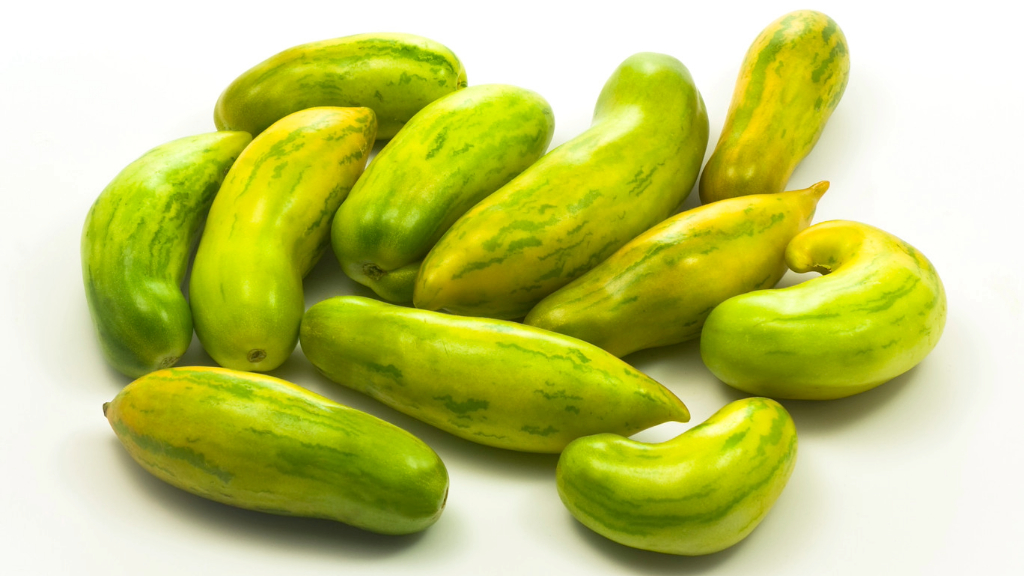
If you grow your own heirloom tomatoes or have a good farmers market near you, then you know that there is a virtual plethora of shapes, sizes, colors and flavors to suit the tomato aficionado. If you haven't already, then you might try growing Green Sausage tomatoes.
Green Sausage Heirloom History
Tomatoes (Solanum lycopersicum) are native to South and Central America and into Mexico, and were brought introduced to Europe, Spain, by Columbus. Yes, that's right, "1492, sailed the ocean blue" Columbus. Originally, it was thought to be a poisonous plant (not kidding) and so it was cultivated simply as a novelty at that time. The Italians realized it for its sublime flavor and the rest is as they say - history. So where on earth did this tomato derive its unusual name? It has a truly unique shape and color. The yellowish fruit is elongated in form (about 3-4 inches long), somewhat like its namesake - the sausage, with olive green stripes. Also referred to as Green Sleeves, Green Sausage tomatoes are an open pollinated cultivar, meaning that you can save the tomato seeds year after year as with other heirlooms. Green Sausage heirloom history informs that this variety was bred by Tom Wagner. Additional Green Sausage tomato info specifies that this is a determinate tomato plant. Most heirloom varieties are indeterminate, meaning they are vining types with fruit that ripens over time. Determinate cultivars are bushier and the fruit tends to ripen all at one time, making this type good for canning or making sauce. In fact, it is referred to as a paste tomato. While some of these brilliantly colored tomatoes are grown more as a novelty, Green Sausage has flesh that is firm, rich and sweet. These tomatoes are great for sauces and gorgeous in multi-hued tomato salads. Harvest will take place between 75-80 days from transplant. The plant itself is, as mentioned, bushy and suitable for containers with a high production of fruit.
Growing Green Sausage Tomatoes
Sow Green Sausage seeds indoors at a depth of ¼ inch about six weeks before the last frost. Germination will occur between 7-14 days. Transplant outdoors once the soil has warmed and all danger of frost has passed. Plant the seedlings 24 inches apart in full sun. While the plant is a voracious producer, it should also be noted that it may require some staking to keep the fruit from dragging on the ground and potentially rotting. Also, I have read that it can be a particularly "buggy" varietal and that the plant has a less than thriving appearance. Still, the fruit is stunning, as well as tasty, so growing this unusual heirloom may well be worth the time and effort.
Sign up for the Gardening Know How newsletter today and receive a free copy of our e-book "How to Grow Delicious Tomatoes".

Amy Grant has been gardening for 30 years and writing for 15. A professional chef and caterer, Amy's area of expertise is culinary gardening.
